Learning about essential oils will help you feel more confident about where they come from and how to use them in your home. Let’s dive into the history and composition of these precious liquids. What are essential oils?
What are Essential Oils?
Essential oils are volatile organic liquid compounds that have been extracted from plants. Most essential oils are steam distilled. Citrus oils are an exception to this; they are cold-pressed from the fruit rinds. Various oils come from different parts of the plant. Cinnamon oil comes from the bark. Eucalyptus oil comes from leaves. Rose oil comes from flowers, of course. Others are steam distilled from roots, branches, seeds, or other parts of the plant.
History of Essential Oils
Essential oils have been used throughout history. There are Chinese manuscripts and Egyptian hieroglyphics that point to the ancient use of these precious liquids. Essential oils are referenced in multiple places in the Bible. Frankincense and myrrh are well-known examples in the Bible.
Today essential oils are highly regarded across the globe for their many uses. They are found in some air fresheners, chewing gum, cleaning products, deodorant, perfumes, soaps, and many more commercial products.
Purity and Strength
It’s important to use only premium essential oils in any recipe. You want to avoid any diluted or altered oils. Make sure that you buy only pure essential oils so that you’re getting all the natural benefits available without any fillers or additives that will alter their effects. See why we’ve chosen to use only Young Living essential oils.
Essential oils can be up to 70 times as strong as dried and fresh herbs and plants. Dried herbs retain only about 3 – 5% of the essential oils from the original plant. So oils are superior in flavor and potency over dried herbs. The essence of the plant is preserved and carried into your recipes when you use them.
How Do I Use Essential Oils?
There are three primary types of uses: aromatic, topical, and internal.
Aromatic Use
The aroma of essential oils is how most people recognize and appreciate them. Perfumers and beauty companies have been using them since the beginning of time to stimulate our senses. Your beauty products would not be the same without those scents.
The same is true for household products. Most of us smell lemon or pine and it just makes us think, “Ah…clean!” That’s the power of aroma!
The easiest way to inhale is straight from the bottle. When I need a little pick-me-up I’ll open a bottle of peppermint. So refreshing!
Anyone can use oils this way! It’s so easy. Fill a sink or large bowl with warm water. Add a favorite oil. Lean over the basin and cover your head and bowl with a towel to hold all the lovely smells in.
Another favorite aromatic use is with an ultrasonic diffuser. You’ll want to avoid heated diffusers and humidifiers since they were not designed to properly disperse essential oils. See 5 of our favorite diffuser blend recipes here!
You can also place your favorites on a cloth (pillowcases or handkerchiefs work great) to allow the oils to infuse the air in a room. If you’re on the go and don’t have your diffuser with you, you can place a drop of oil on a cotton ball and place it in an air vent or attach it to a ceiling fan.
Topical Use
Many essential oils also carry with them benefits for our bodies when applied to the skin. The lotions, shampoos, and bath gels that you use today most certainly have them in their formulas.
Many offer therapeutic benefits to the skin as well as a lovely scent. You can find relief through relaxing bath recipes or warm compresses.
It’s easy to make DIY natural beauty recipes at home. In this way, oils can be used to cleanse and beautify the skin on your body and face.
Caution: Essential oils are very potent and may irritate sensitive skin. If irritation occurs, apply a fatty carrier oil to the area. Never use water if irritation occurs. Citrus oils and blends containing citrus oils may also cause photosensitivity. Use caution if exposing your skin to sunlight after application. Get more usage safety tips here.
Internal Use
It may seem odd to suggest ingesting an essential oil, but many are already used in the food and beverage industry today. Even your toothpaste probably contains essential oils. The flavors and aromas combine to provide us with many uses for these essences in our foods and drinks. See all of our delicious cooking recipes here.
In fact, essential oils are many times a better alternative than dried or fresh herbs and flowers since they are more concentrated and last longer. Even your favorite soda might have been originally created with these powerful liquids.
The US Food and Drug Administration has an extensive list of oils approved for internal use when used as a food additive or flavoring. These are referred to as GRAS (Generally Regarded as Safe). Only oils with this designation should be considered safe for internal use. You can read more about the Food and Drug Administration’s official stance on essential oils here.
What’s your favorite way to enjoy essential oils?
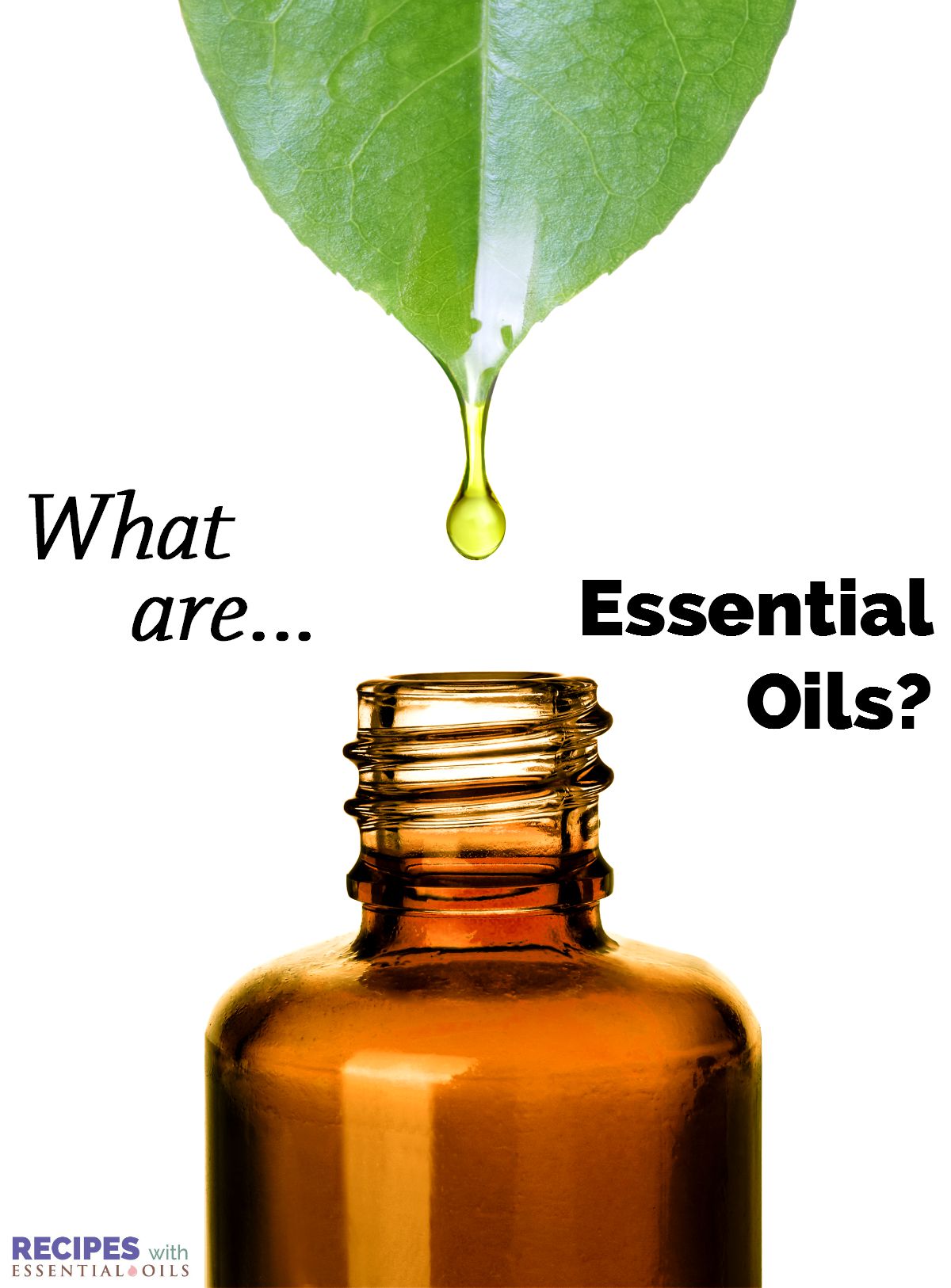
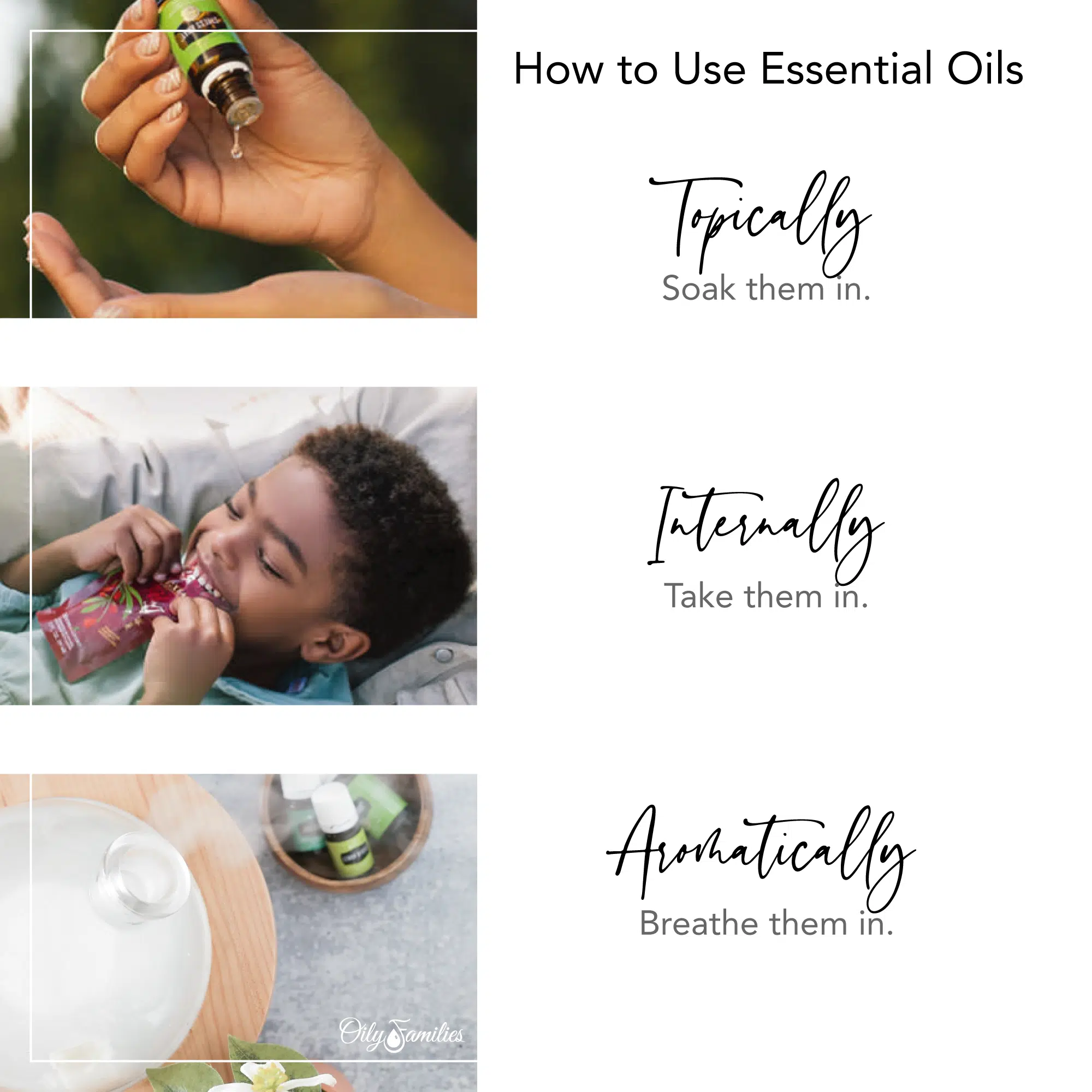
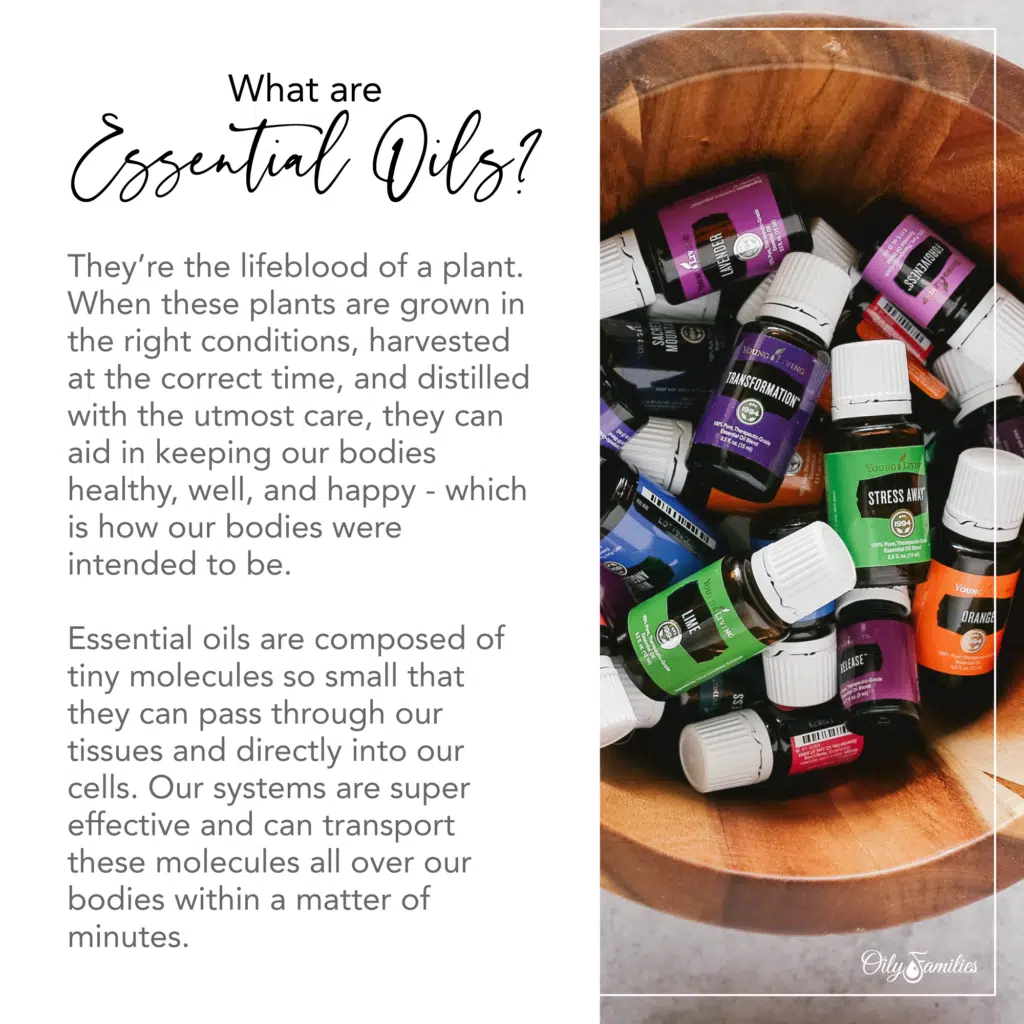

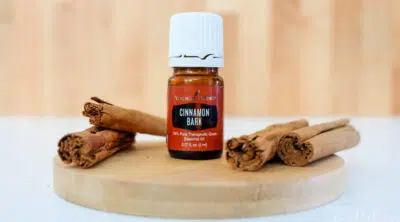
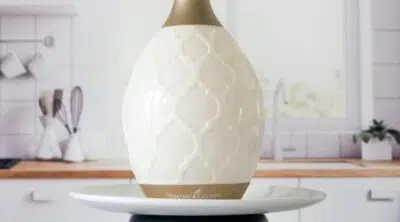
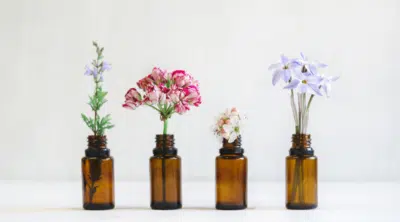

Lisa says
I just started using young living essential oils. A friend from back home growing up introduced me to young living. I love using them everyday and love all the education I am learning about all the different blends. recipes, and DIY idea, on the hows and whats of the oils. I just wanted to leave you a message on how I really enjoy the information you share on your pages. I been on many and I find you site has information that’s easy to understand and on topics I haven’t seen on many other sites, for example thank you for explaining not just naming information about the different carrier oils both good and not good to use. I new what carriers oils to use but not ever explained the difference between each one and it’s best use. I find your site very informative and I just wanted to say thank you for sharing with everyone. Lisa
Beth K says
You are so sweet to take the time to write us, Lisa. We appreciate our readers and you are most certainly something special! Thanks for the encouragement.